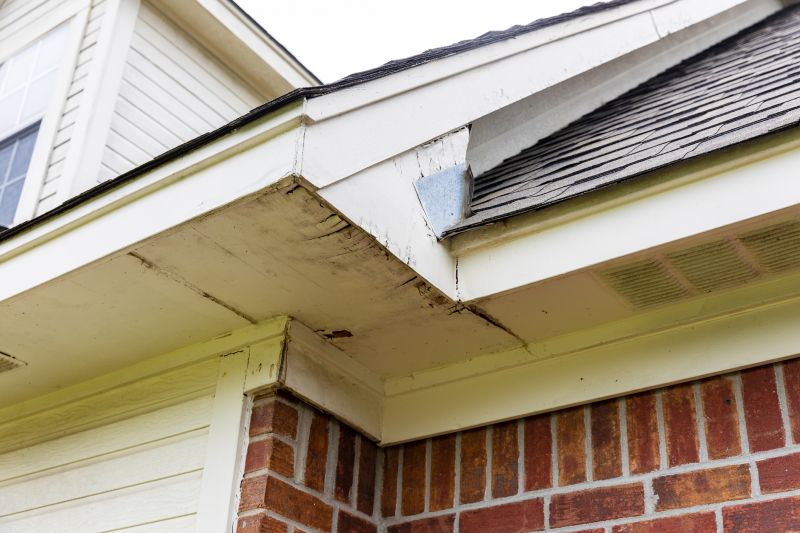Popular Fascia Repair Tools For Faster Recovery
Explore highly recommended tools that support fascia healing and help restore your body's natural movement.
 Fascia, the connective tissue that surrounds muscles, bones, and organs, plays a vital role in maintaining structural support and facilitating movement. When fascia becomes tight, restricted, or injured, it can contribute to discomfort, reduced mobility, and overall functional limitations. Addressing fascia issues often involves targeted therapies and products designed to promote flexibility, release tension, and support tissue health. A variety of tools and devices are available to assist in fascia repair, each suited to different needs and preferences.
Fascia, the connective tissue that surrounds muscles, bones, and organs, plays a vital role in maintaining structural support and facilitating movement. When fascia becomes tight, restricted, or injured, it can contribute to discomfort, reduced mobility, and overall functional limitations. Addressing fascia issues often involves targeted therapies and products designed to promote flexibility, release tension, and support tissue health. A variety of tools and devices are available to assist in fascia repair, each suited to different needs and preferences.
Top Overall Option
Multi-Use Fascia Release Tool
A versatile fascia release tool designed with multiple surface textures and adjustable pressure settings, suitable for targeting various areas of the body. Its ergonomic design allows for comfortable handling and effective application of pressure, making it a popular choice for those seeking a comprehensive self-myofascial release device. This product supports routine maintenance of fascia health and can be used on different muscle groups to help alleviate tightness and improve mobility.
Types of Products For Fascia Repairs
Foam Rollers
Cylindrical foam rollers come in various densities and sizes to assist in self-myofascial release and muscle relaxation.
Massage Balls
Small, textured balls designed to target specific trigger points and fascia restrictions in localized areas.
Handheld Massage Devices
Electric or manual devices that provide percussive or vibrational therapy for fascia and muscle relaxation.
Trigger Point Grips
Ergonomic tools that help apply focused pressure to tight fascia and muscle knots.
Compression Sleeves
Tight-fitting sleeves that promote circulation and support fascia recovery in limbs.
Stretching Aids
Devices designed to assist in stretching exercises that improve fascia flexibility and reduce tension.
Massage Sticks
Long, handheld tools used to roll or press along fascia and muscle tissues for relief.
Vibrating Foam Rollers
Foam rollers equipped with vibration features to enhance tissue relaxation and fascia mobility.
Myofascial Release Kits
Comprehensive sets that include various tools and guides for targeted fascia therapy.
Mobility Bands
Elastic bands used to stretch and strengthen fascia and surrounding tissues.
Percussive Therapy Devices
Powerful handheld devices delivering rapid pulses to loosen fascia and muscle tissues.
Posture Support Devices
Equipment designed to improve alignment and reduce fascia strain caused by poor posture.
TheraCane or Similar Tools
Ergonomic, curved tools that help reach difficult areas for fascia and muscle release.
Electrostimulation Devices
Devices that use electrical impulses to stimulate fascia and muscle tissues for recovery.
Self-Massage Cushions
Cushioned pads with embedded rollers or vibrators for targeted fascia release.
Popular Choices
Widely used for self-myofascial release, suitable for various body parts and intensity levels.
Effective for pinpointing trigger points and fascia adhesions in specific areas.
Portable devices offering percussive therapy to help relax fascia and muscles.
Specialized rollers with targeted textures for deep tissue and fascia work.
Designed to enhance circulation and support fascia recovery in limbs.
Tools that assist in deep stretching routines to improve fascia flexibility.
Handheld tools for dynamic, targeted fascia and muscle therapy.
Popular for combining foam rolling with vibrational therapy for enhanced tissue relaxation.
Bundles that include multiple tools for comprehensive fascia care routines.
Devices favored for their deep tissue massage capabilities and fascia release potential.
Support devices aimed at reducing fascia strain caused by misalignment.
Designed for ease of reach and effective fascia release in hard-to-access areas.
Comfortable pads with embedded rollers or vibrators for targeted relief.
Many individuals turn to self-myofascial release techniques to manage fascia health at home. These methods typically involve the use of specialized tools that help apply pressure to specific areas, encouraging the release of adhesions and improving blood flow. Consistent use of these products can contribute to increased mobility and decreased discomfort, especially for those with chronic tension or post-injury restrictions.
In addition to manual tools, supportive devices like foam rollers, massage balls, and stretching aids can complement fascia care routines. It is important to select products that match individual needs, body areas of concern, and comfort levels. Proper technique and regular use are key to maximizing benefits and avoiding potential strain or injury. Consulting with healthcare professionals can also help determine the most suitable products and routines for fascia health maintenance.
Key Buying Considerations
- Identify the specific areas of fascia tension or restriction you want to target.
- Consider the firmness or density of foam rollers and massage tools to match your comfort level.
- Look for ergonomic designs that provide comfortable handling and control during use.
- Assess whether you prefer manual tools or electric/vibrating devices for added therapy options.
- Ensure the product size and portability suit your routine and storage capabilities.
- Check for textured surfaces or varied surface patterns to enhance trigger point therapy.
- Review the material quality for durability and ease of cleaning.
- Consider whether the product offers adjustable features or multiple attachments for versatility.
- Evaluate user reviews for insights on effectiveness and ease of use.
- Determine your budget and compare features across different price ranges.
- Look for products that come with guidance or instructional materials for proper technique.
- Assess compatibility with existing therapy routines or complementary products.
- Prioritize products that allow for safe use without causing additional strain or injury.
- Consider the level of vibration or percussion intensity if opting for electronic devices.
- Check return or warranty policies in case the product does not meet expectations.
